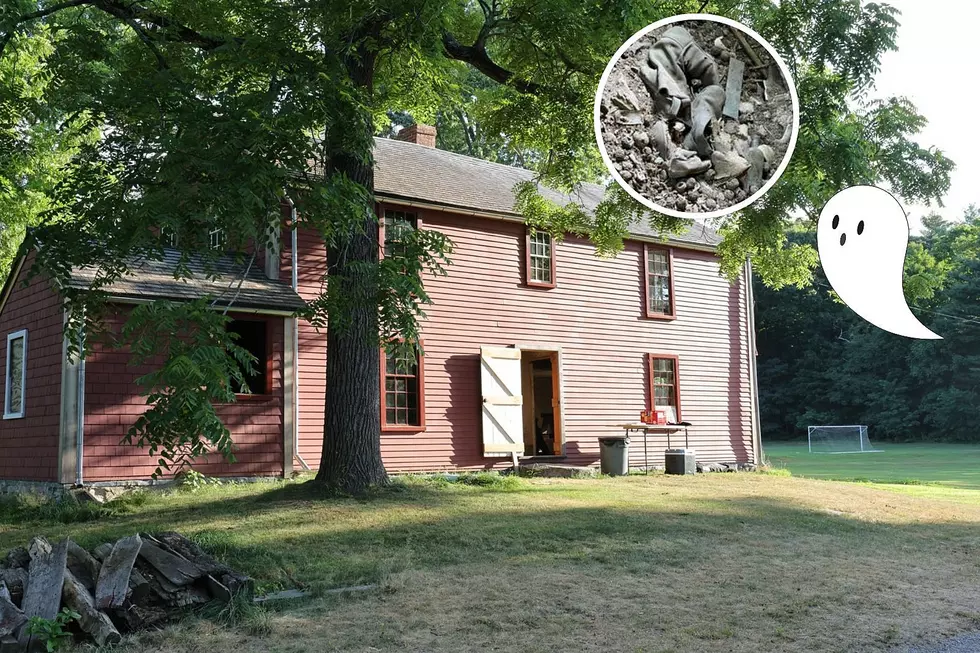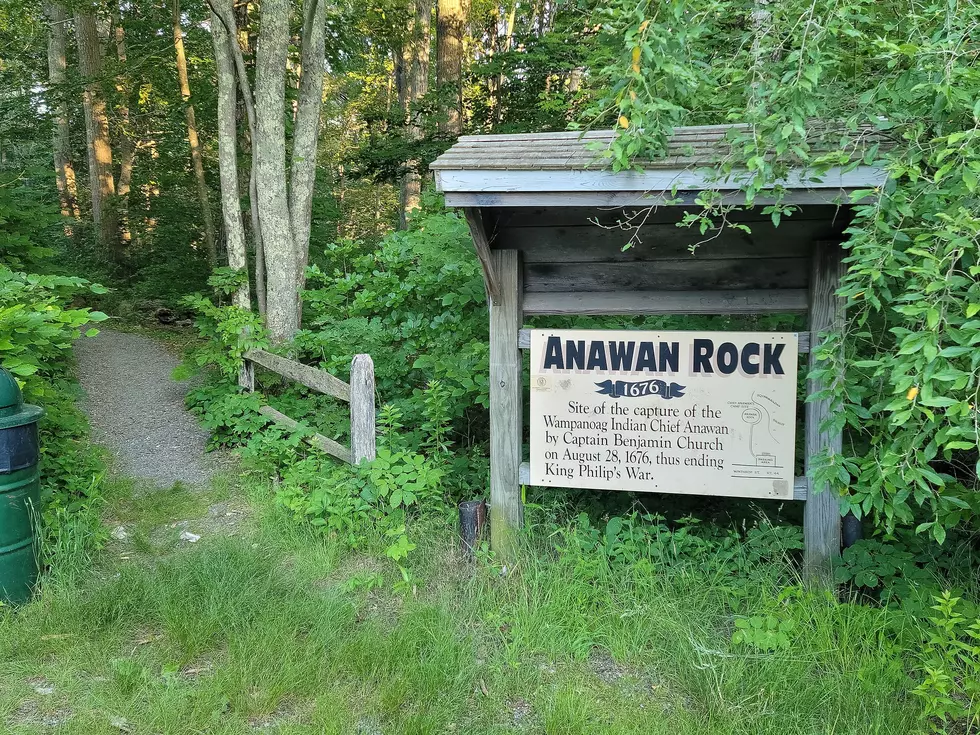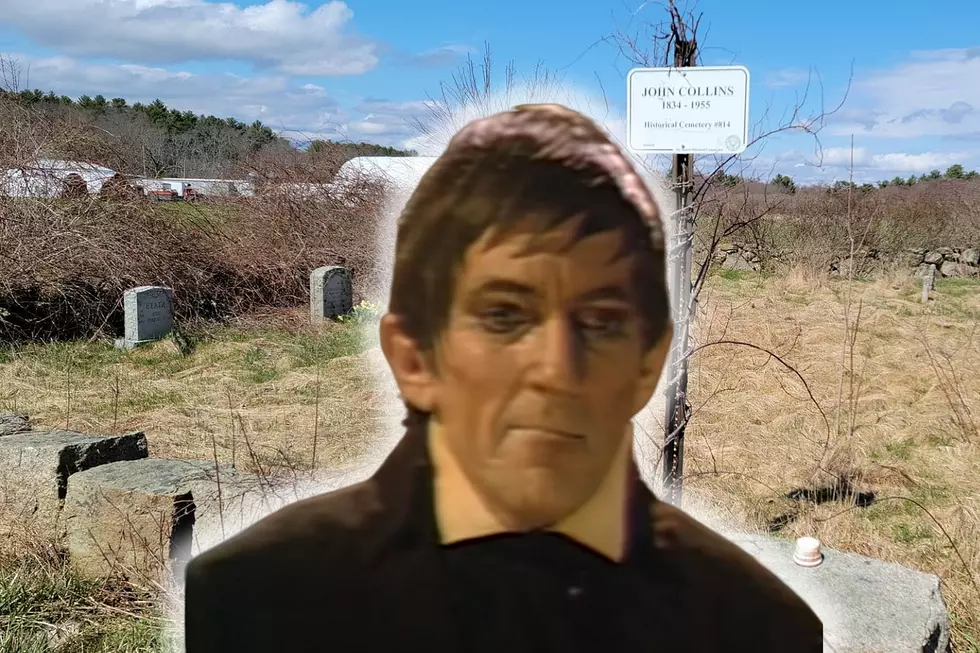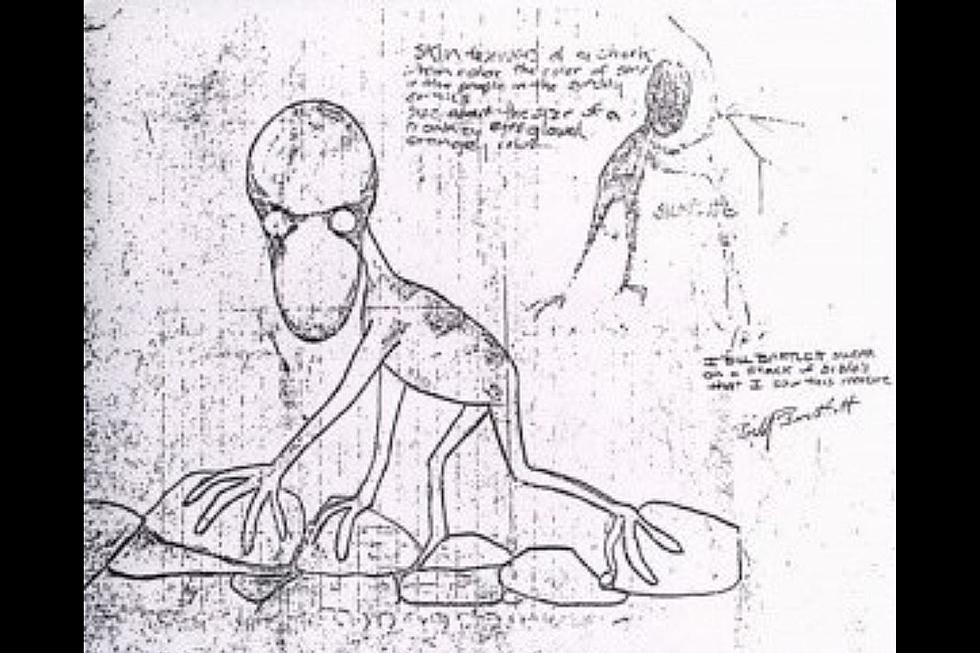
The Ghosts of Pilgrims Lurk on Burial Hill in Plymouth, Massachusetts
Cemeteries usually mark the end of someone’s life, but in the case of Burial Hill in Plymouth, Massachusetts, it’s a cemetery that marks a beginning.
It was the beginning of America as we know it, of our country and of our history as a people. I don’t want to gloss over the eventual near-extinction of the Native people that followed, but that’s something for another time, and for other legends.
When the Pilgrims first arrived in Plymouth in 1620, it’s well documented that they barely made it through that first winter. In fact, many did not – 52 out of the 102 that arrived in Plymouth died that winter – and were interred on Cole’s Hill.
Further excavation of Cole’s Hill in the 18th and 19th century led to some of their remains being dug up, and they were reinterred in the 1920s in a sarcophagus on the hill in the spot believed to be where they were originally found. Some believe that could be why the now-defunct Plymouth National Wax Museum at the top of Cole’s Hill had so many strange shadows lurking about and other creepy phenomena.
But there was another hill just a short distance away, rising even higher over the shores of Plymouth. It would come to be known as Burial Hill. And while there are numerous other haunted cemeteries and graveyards across the country, this might be America's first.
Originally, the Pilgrims built their first fort atop Burial Hill, as it gave them an ample view of much of the colony below. Because it stood as a central focal point for the Pilgrims, it was also used as a meetinghouse, a church, and a courthouse. Scholars believe that around 1637, the Pilgrims also began using it as a graveyard.
Here, the plots of some of the Mayflower passengers—many of their grave markers lost to the ravages of time—create a spooky reminder of the sacrifice of those earliest settlers.
It is here that Mayflower descendent Thomas Southward Howland is buried. According to legend, Howland met his end when he invoked the ire of the witch Mother Crewe, who had been living on his property without his permission. Upon forcing her to leave, Mother Crewe warned him “Make your peace, because you will not live to see another sunset. They’ll dig your grave on Burial Hill.”
And that’s exactly what they did when he fell from his horse and died the very next day.
There is also a mass grave under an obelisk, where the bodies of 70 men are buried following the 1778 wreck of the Brigadier General Arnold, a ship which ran aground during a blizzard. Even though the residents of Plymouth could see the stranded ship, they couldn’t get to it for days because of the harsh weather, and by the time they arrived, most of the men had frozen to death. Captain James Magee was one of the few who survived, but he asked to be buried with his crew, and although it is believed he was not buried there, to this day he is still reportedly seen roaming Burial Hill.
Numerous other graves dating back to Pilgrim days are scattered throughout the cemetery, which saw its last burial in 1957.
At the foot of one side of Burial Hill is the John Carver Inn, named for the first governor of the Plymouth Colony. On this same site, during the American Revolution, stood a house that was inhabited by medical students, who would sneak up Burial Hill at night and rob graves for cadavers on which to practice.
Grave robbing was nothing new to Plymouth – in fact, the Pilgrims survived the first harsh winter in part by stealing food offerings that had been buried alongside deceased Natives – but by the time of the Revolution, it was a major crime. The medical students were banished, but the victims of their crime remained.
To this day, their spirits still roam the halls of the third floor of the John Carver Inn, and in particular, torment those who stay in Room 309.
Also at the base of Burial Hill is Town Square, where there is a stone marker in remembrance of Metacom, or as he was called by the English, King Philip. Metacom was the son of the great sachem Massasoit, who was an ally to the Pilgrims in their earliest days. Yet Massasoit and his sons, Metacom and Wamsutta, watched as the English began to convert their people over to Christianity – the so-called Praying Indians – and attempted to obliterate the Wampanoag culture.

Following the death of Massasoit and the suspected murder of Wamsutta, Metacom became sachem and eventually engaged in a brief but bloody war with the colonists, the deadliest war per capita ever fought on our soil. It ended with Metacom’s capture, and his head was placed on a spike in Town Square – where it stood for 20 years.
And also on Town Square, you'll find two churches. One, the First Parish Church in Plymouth, is the same church founded by the Pilgrims in 1620, with a building erected in 1899. The other, the Church of the Pilgrimage, is also descended from the Pilgrims was the result of a schism in the original church back in 1801. Their church building was erected in 1840. The Church of the Pilgrimage is known to have ghostly activity going on inside, as explained here and reported in this video of believed spirit communication (WARNING: Video contains profanity and language that is NSFW).
So whether it be Pilgrim ghosts, disinterred bodies used for medical experiments, decapitated Native Americans or whatever else may be haunting Plymouth's Burial Hill, should we really be surprised that so much ghostly activity is happening there? After all, there is a power to our history – not to mention, the Pilgrims also happened to land smack-dab in the middle of the Bridgewater Triangle.
Paranormal Activity Reported in Massachusetts' Bridgewater Triangle
More From Ultimate Unexplained









